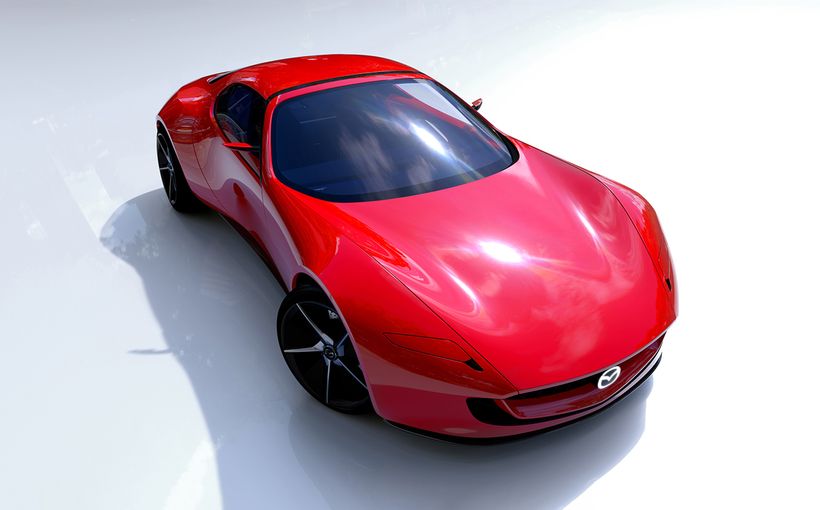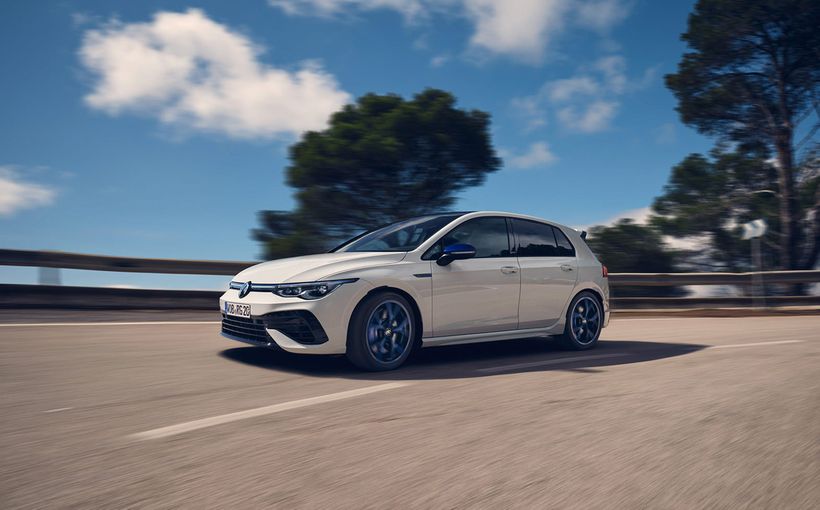IN its own, plucky way, Kia has showed more courage and chutzpah than most mainstream car-makers combined.
Consider that the brand is alone in offering 1. Australia’s only affordable large rear-drive five-seater sports sedan in the striking Stinger; 2. this country’s only seven-year warranty; and 3. a properly modern and safe urban runabout that’s truly city-sized for under $15K with the diminutive Picanto, in a class where others have tried but failed.

The latter is significant because, with a bit of foresight and innovation, Kia has shown that it is possible to succeed in the sub-B (or Micro) segment in Australia. Yes, many have tried – including Holden (with Spark), Suzuki (with the cheeky Celerio) and most notably Volkswagen (with the brilliant Up), but all have vanished and nobody seems to care.
And, as if to highlight its commitment to providing a bang for not many bucks, Kia has extended the already sassy Picanto range with the turbocharged GT variant.

On sale now from $17,990 driveaway, the warmed-over (as opposed to hot) hatch is a toe-in-the-water exercise in a market that has obviously been very tough to crack, representing the first real performance-orientated baby in this space since the halcyon days of the Suzuki Swift GTi of the ‘80s and ‘90s. Yep, it’s been that long since something as small yet sporting and spirited as this has come along.
Let’s break it down. The five-speed manual-only GT costs $700 more the four-speed auto-only GT-Line upon which it is based, but there are key differences that go far beyond the ‘Line’ separating the two name-wise.

For starters, the 12kg-heavier GT’s engine has shrunk and been blown, courtesy of a 1.0-litre turbocharged three-cylinder petrol unit. Delivering 74kW of power at 4500rpm and 172Nm of torque from 1500 to 4000rpm, in Euro-spec guise it will scurry to 100km/h in 10.1 seconds, on the way to a largely academic 180km/h top speed. In contrast, the GT-Line uses the regular version’s 62kW/122Nm 1.2-litre four-pot atmo unit.
Likewise, the perkiest Picanto’s fuel consumption average and carbon dioxide emissions are rated at 4.8 litres per 100 kilometres and 110 grams per kilometre respectively, as opposed to the GT-Line’s 5.8L/100km and 134g/km, so it’s a win-win proposition for thrill-seekers on a budget.

Though it rides on 15-mm lower suspension featuring stiffer springs and firmer dampers, as well as remapped electric power steering for more instantaneous responses, the pokiest Picanto’s chassis otherwise remains much the same as the GT-Line, with regular MacPherson strut-style front and torsion beam rear ends, four-wheel disc brakes and 194/45R16 tyres wrapped around 16-inch alloys.
Note that Kia has undertaken a fair degree of local suspension tuning for better Aussie-road control, while autonomous emergency braking, cruise control, reversing camera, rear parking sensors, hill-start assist and six airbags further underline the GT’s safety and security credentials.

As well as feeling sprightlier and looking appropriately racier with its sporty body kit, dusk-sensing headlights, LED tail-lights, power-folding side mirrors with heating, a 7.0-inch touchscreen, Apple CarPlay/Android Auto support, Bluetooth connectivity, leather-faced seats, steering wheel and gear selector and alloy pedals are also part of the flagship package. Along with the aforementioned seven-year warranty.
So, we’re talking about one of the smallest passenger cars on sale today, as well as one of the cheapest, that’s also geared towards driving fun and pleasure.

Nothing new here, for the British Motor Corporation’s original Mini Cooper of the early 1960s helped create the template that saw subsequent pocket-rockets like the Swift GTi follow in its formidable tracks. It’s a pity that only Kia seems to have the foresight to establish a bond with buyers wanting an inexpensive yet immersive sporty hatch experience.
Should the GT succeed – Kia reckons up to 10 per cent of all Picanto volume could go this way – then perhaps other sub-B tearabouts might find their way to Australia’s shores.

Top of our list would be the Volkswagen Up GTI. Like the Picanto, it also boasts a 1.0-litre turbo triple beneath its itty-bitty bonnet, with 85kW/200Nm and a 8.8s sprint to 100km/h. Driving the front wheels via a six-speed manual transmission, it is already proving to be a hit with critics.
Also highly desirable is the Renault Twingo GT. This one’s really unique, with a rear-engine, rear-drive configuration shared with the Mercedes-Benz-owned Smart ForTwo. The French brand’s baby teams an 81kW/170Nm 0.9-litre turbo triple with a five-speed manual gearbox, and can hit 100 clicks in 9.6s. Better still, despite the Porsche 911-like layout – or maybe because of it – the steering and suspension benefit from a big dose of Renaultsport chassis magic.

We scooted around the UK in one last summer and found it to be a willing yet faithful warm hatch with plenty of spirit, verve and grip, to go with very distinctive styling. Such a pity we’re not seeing it in Australia.
Still, if the Picanto GT fires, perhaps Volkswagen and Renault – along with others such as Fiat, Hyundai and even Ford – might have a change of heart and bring in their budget baby runabouts.
If Kia has the guts to do it, why can’t anybody else?
Protect your Kia. Call Shannons Insurance on 13 46 46 to get a quote today.










